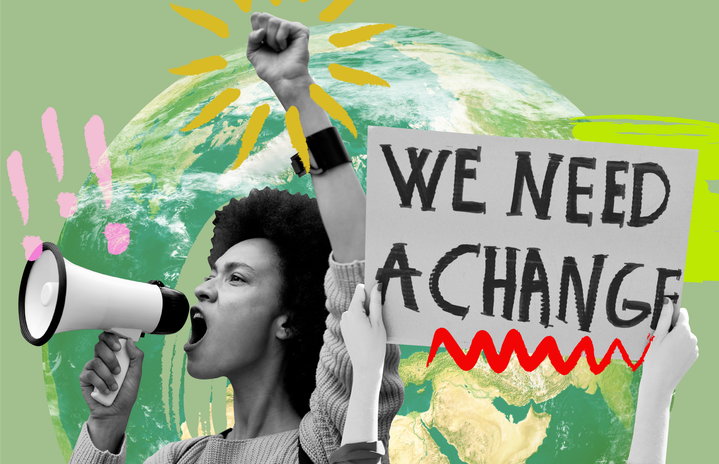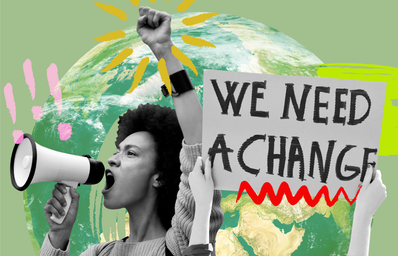On Sunday, Jan. 28, climate activists in Paris threw cans of soup on the infamous “Mona Lisa”. This display of protest is not the only one of its kind. Back in October of 2022, oil activists threw cans of tomato soup at Van Gogh’s “Sunflowers”.
Inside the Louvre, French activists protesting for food sustainability tossed cans of soup at the painting and asked onlookers the question of what is more important in today’s world. The “Mona Lisa” was preserved by a glass shield that protected the art from such acts of vandalism, but the protestor’s message was clear.
Afterwards,the protesters stood in front of the work, and one stated ,“What is more important: art or the right to a healthy and sustainable diet?”
Looking back to 2022, in London, oil activists took a similar approach to protesting climate inaction by throwing soup on Vincent Van Gogh’s “Sunflowers”.
These activists also questioned which was more important, art or life, saying, “What is worth more, art or life? Is it worth more than food? Worth more than justice? Are you more concerned about the protection of a painting or the protection of our planet and people? The cost of living crisis is part of the cost of oil crisis, fuel is unaffordable to millions of cold, hungry families. They can’t even afford to heat a tin of soup.”
A question that has been raised regarding recent protests is: why are art pieces taking the fall in the age of a climate crisis? In such public forums, and making headlines across the world, these protesters’ voices are being heard. As for the works of art themselves, the Louvre maintained that the work had not been damaged at all due to the protective barrier but they are now upping security measures within the gallery that the “Mona Lisa” is displayed in.
Climate activists are making headlines by taking their protests to some of the world’s best known art pieces, proposing a question of why we protect art so sacredly, but not our planet.


